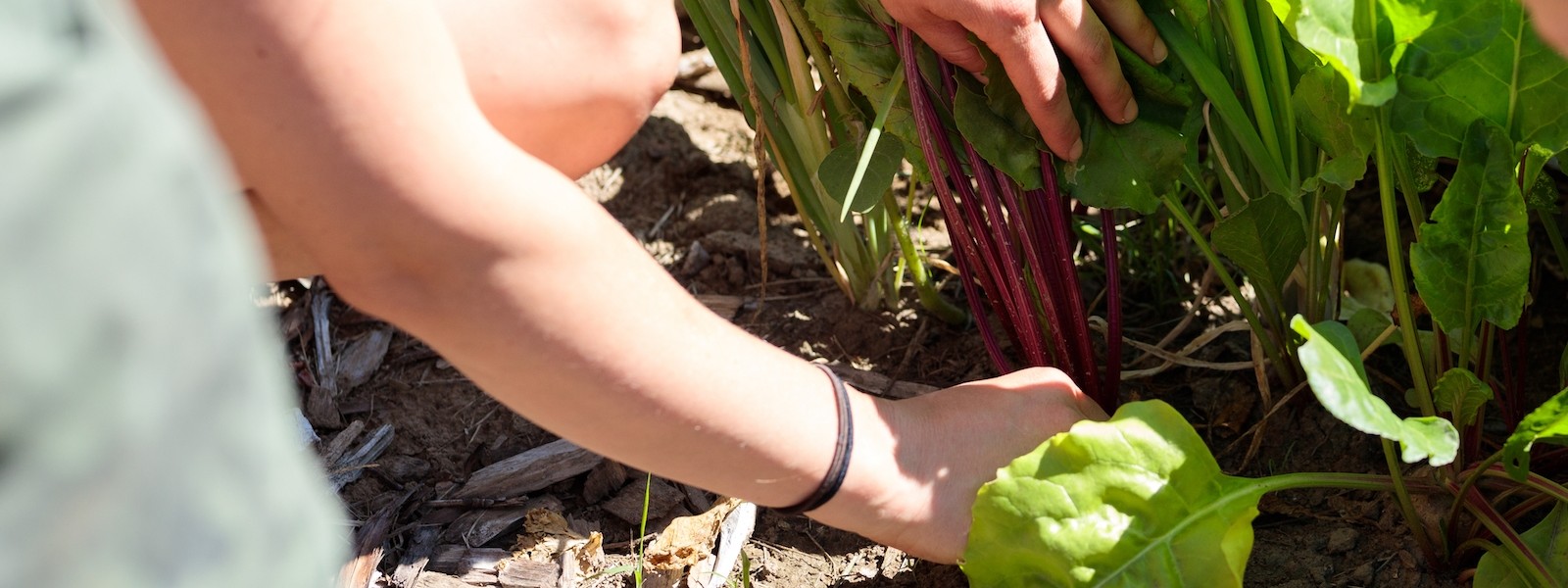Cover Cropping for Soil Health
There are four commonly agreed upon tenets for building and maintaining soil health, and cover cropping is a part of all four.
1. Keep Soil Covered
Minimize wind/water erosion and reduce compaction by keeping the soil covered. Tarps, high tunnels, cover crops, residue, and mulch are all effective options.
2. Minimize Soil Disturbance
The good work that cover crops do towards building healthy soils can quickly be diminished through excessive tillage. Minimizing soil disturbance—to allow soil microorganisms to live and thrive, for soil aggregation to remain intact, and for soil pores and channels to remain intact—can help preserve and increase the benefits of cover cropping and other soil health building practices.
3. Plant Diversity
Both our cash crops and cover crops contribute to the diversity of soil organisms that are supported in our fields. Great diversity above ground can increase diversity below ground, therefore increasing nutrient cycling, aggregation, and carbon cycling.
4. Continual Living Plants and Roots
Plants act as a solar panel, collecting energy from the sun, which is channeled to both above-ground growth and root development. The longer we are able to maintain a living plant with a living root system in the soil, the more the soil is being fed to maintain a lively community of soil organisms, cycling nutrients and carbon.
Additional Resources
Soil Health Principles (USDA Natural Resources Conservation Service)

